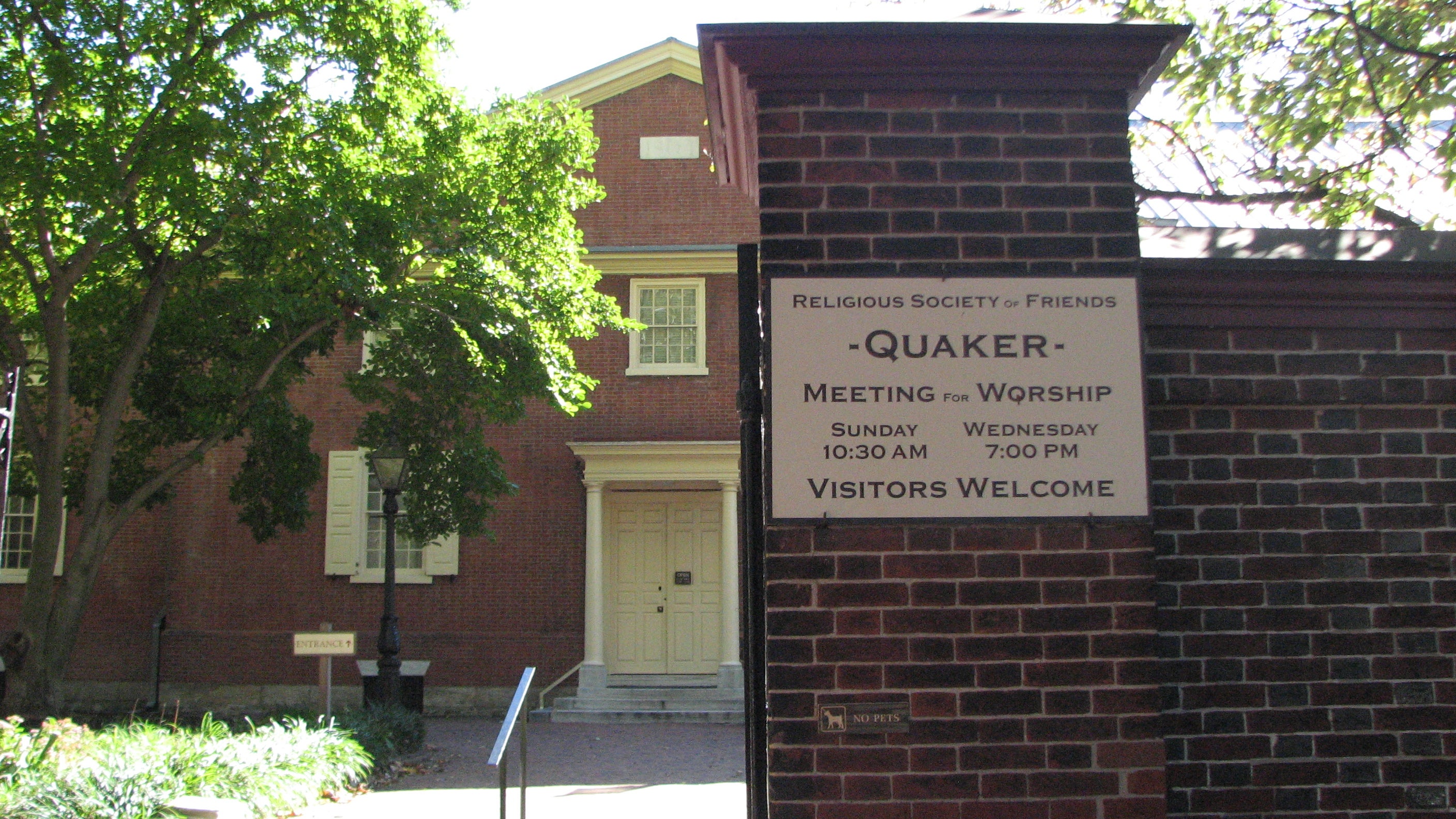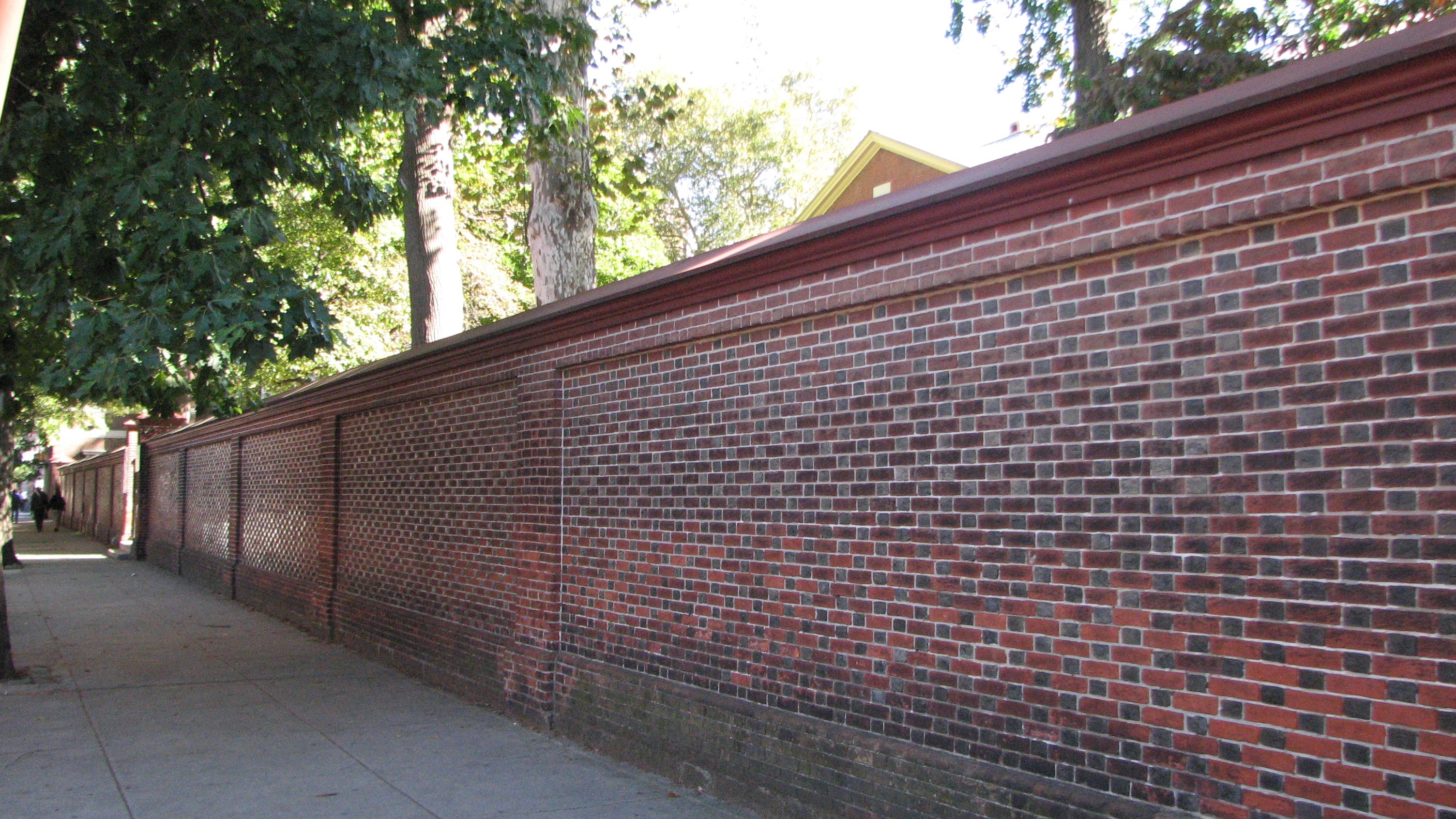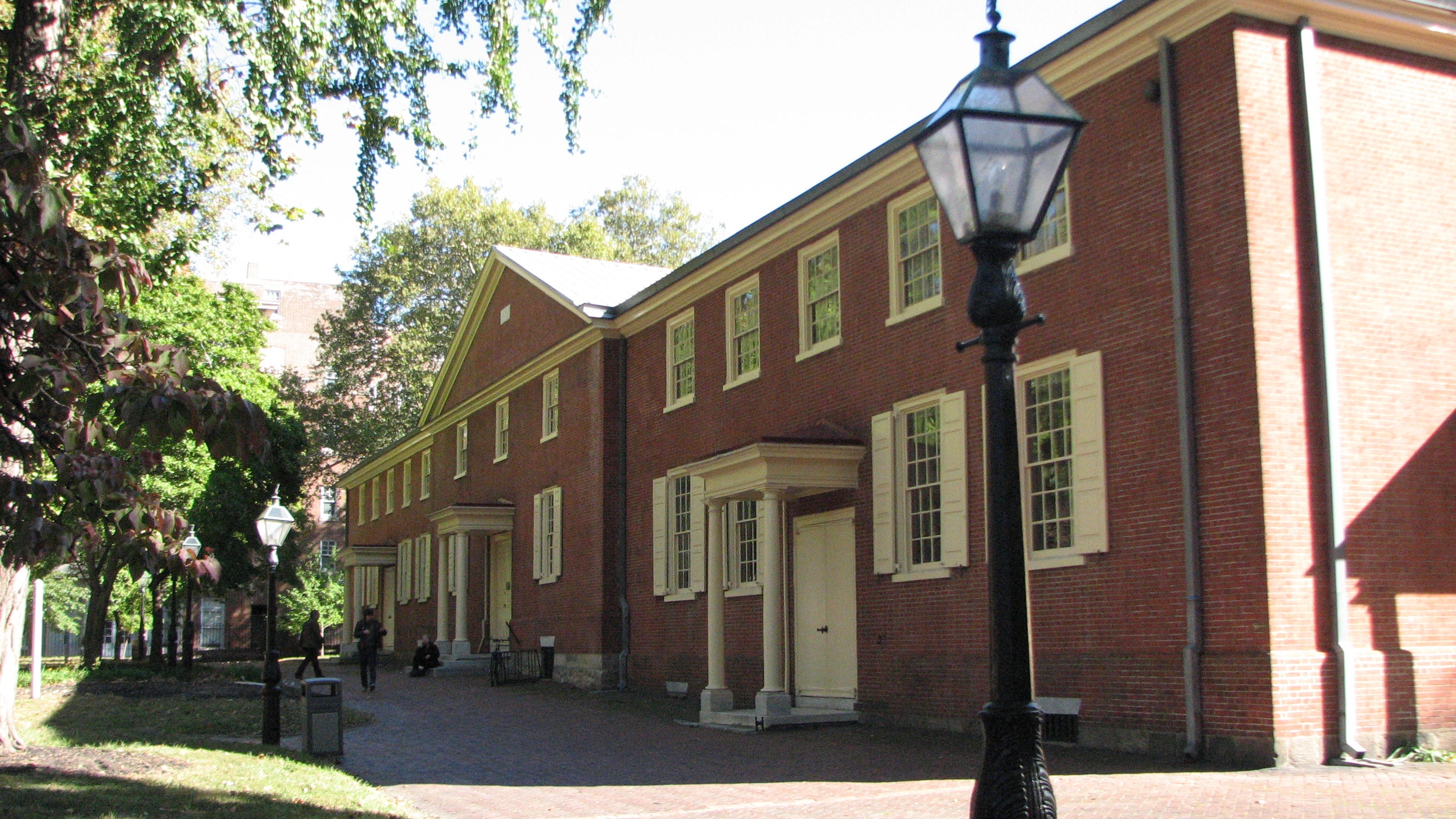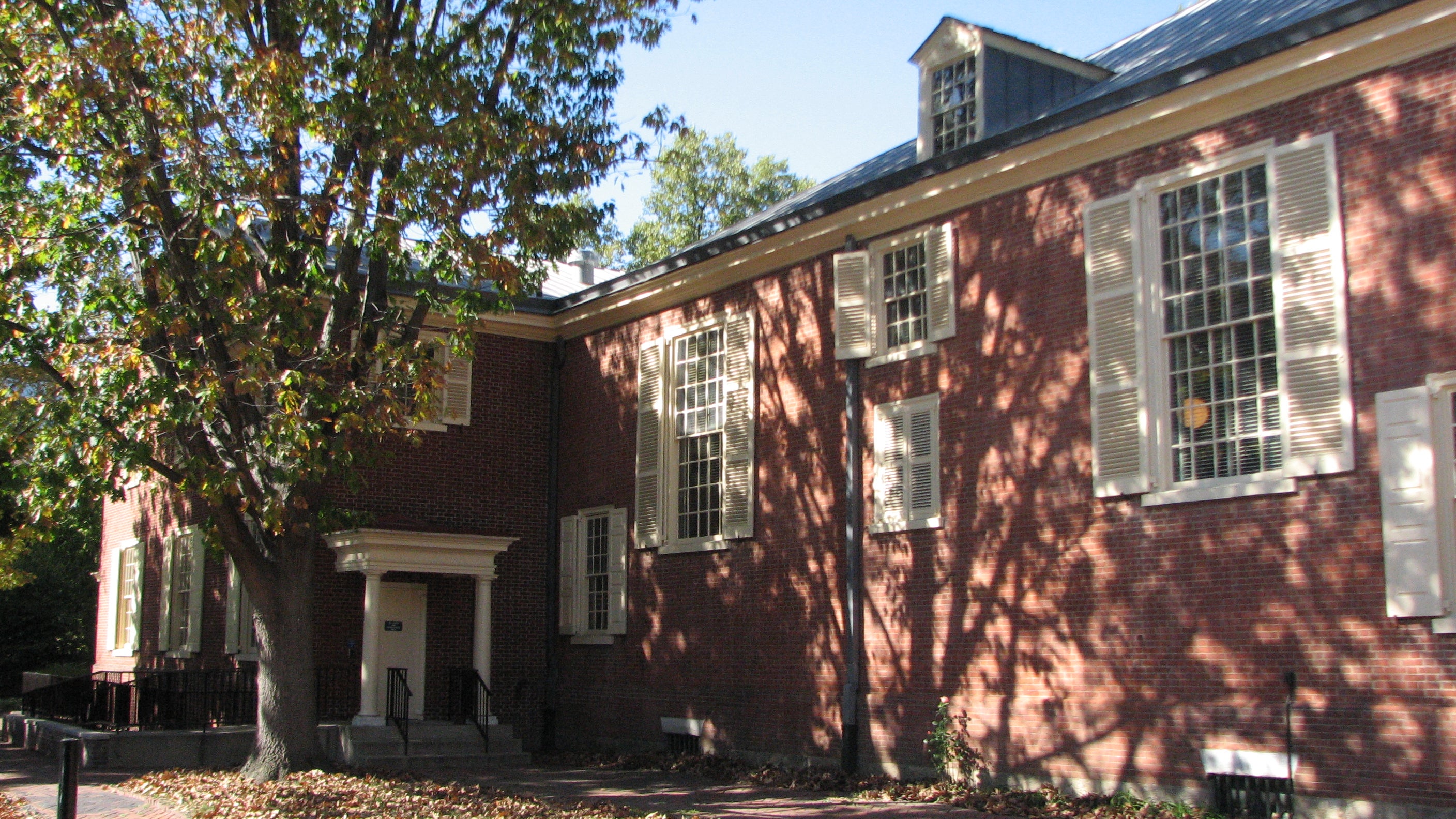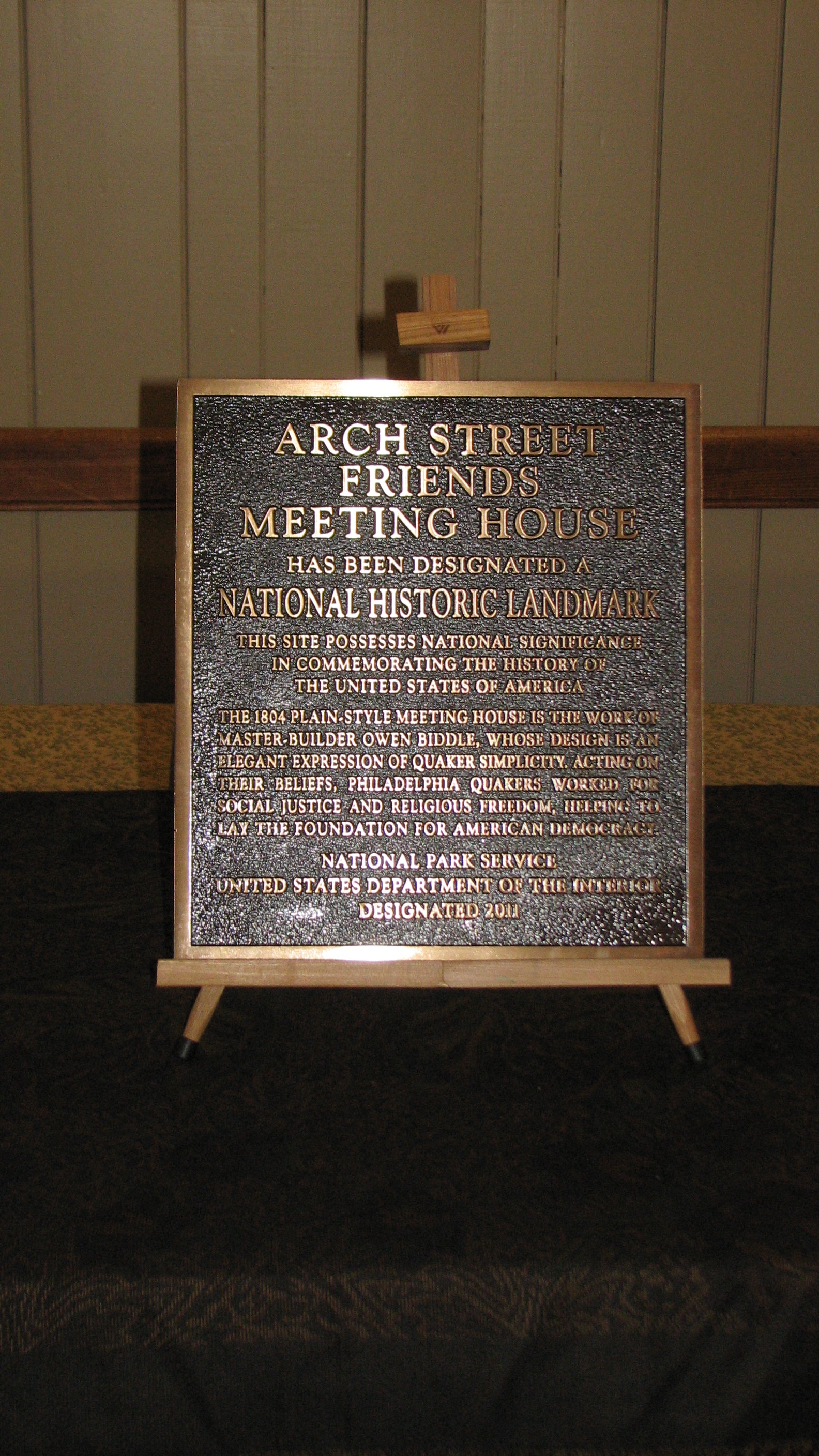Look Up! Arch Street Meeting House is designated national landmark
Hundreds of houses of worship in Philadelphia, owned by major denominations, are vacant and in need of repair and restoration.
But the religious community received a ray of sunlight last weekend, when the simple, modest and dignified Arch Street Meeting House, 330 Arch St., became the city’s newest National Historic Landmark.
At an eloquent ceremony Oct. 13 attended by dozens of current congregants and members of the Religious Society of Friends, the plaque honoring the historic building was unveiled.
Catherine Lavoie, a historian with the Historic American Buildings Survey and co-author of the 40-page nomination for the structure, praised the meeting house for the “Quaker values implicit in its design.”
The Arch Street Meeting House is the only extant work by Quaker master builder Owen Biddle. It was built on land given to the Society of Friends by William Penn in 1693. Biddle began the design and construction in 1803 and completed it in 1805. He died the following year, but he is remembered also for his influential writings, “The Young Carpenter’s Assistant,” one of the earliest handbooks for architects published in the U.S.
Biddle’s meeting house is the largest in the city and the second oldest. He used Flemish-bond brick, marble steps, wood shutters and columned porticos throughout the building. It is “elegantly understated, in keeping with Quaker plainness,” Lavoie wrote in her nomination.
The building was renovated and somewhat modernized in 1968 by the firm of Cope and Lippincott, but it retains the simple design and harmony that must have welcomed the earliest gathering of Friends.
“Look Up” 19th Century towers finds peace in 21st Century
“Look Up” Greek Revival marries Victorian Gothic at Broad and Pine
“Look Up” Spirit of ’76 on Chestnut
“Look Up” Eyre design in Chestnut Hill
“Look Up” Beaux Arts beauty at Penn
“Look Up” Moderne and Machine Age Schools
“Look Up” Frank Miles Day mansions
“Look Up” Thomas Ustick Walter’s columns
“Look Up” Ronald McDonald House
“Look Up” Abington’s flirtation with Hollywood
“Look Up” Rittenhouse Square’s stables
“Look Up” Fairmount’s contribution to the row home dynamic
“Look Up” Drexel’s Poth Dynasty
“Look Up” Wright’s Ardmore Experiment
“Look Up” Contemporary neighbors in Society Hill
“Look Up” Imaginative Eyre on Locust Street
“Look Up!” Elfreth’s Alley has issues
“Look Up” Architectural exercises on Boathouse Row
“Look Up!” John Notman’s brownstone temples
“Look Up!” 19th Century luxe on Locust St.
“Look Up!: 20th Century evolution in East Falls
“Look Up!” Rural retreats in Northeast Philly
“Look Up!” Modernist lines on Haverford Ave.
“Look Up!” Chestnut Hill’s modernist gems
“Look Up!” The Art Deco Palace of Mt. Airy
“Look Up! An architect’s legacy on Spruce Street
”Look Up!” The French Village in Mt. Airy
“Look Up” and check out the nouveau mansions of North Broad
“Look Up” and check out elegant Southwark
“Look Up” and check out Henry Disston’s company town
“Look Up: and check out Spruce Hill
“Look Up” and check out Green Street
“Look Up” and check out West Laurel Hill
“Look Up” and check out Parkside
“Look Up” and check out Awbury Arboretum
“Look Up” and check out Nicetown
“Look Up” and check out Overbrook Farms
“Look Up” and check out Girard Estate
“Look Up” and check out Rittenhouse/Fitler Square
Contact the writer at ajaffe@planphilly.com.
WHYY is your source for fact-based, in-depth journalism and information. As a nonprofit organization, we rely on financial support from readers like you. Please give today.



